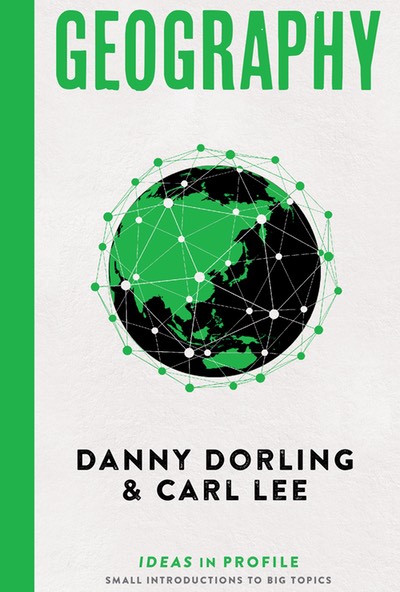The main driver of worldwide population growth today is ageing, not births. When life expectancy doubles, world population doubles. Yet, as a result of general health improvements, even with the rapid increases in life expectancy predicted worldwide, an absolute population decline is still forecast to occur within the lifetimes of those being born today. How steep this decline will be, and exactly when ‘peak population’ will be reached, remain questions that are actively debated among demographers, and the critical point will be easily brought forward or delayed through the slightest of changes in circumstances.
The real problem is not that humans are living a few years longer but the extent to which we each, varyingly, stamp our footprints across the world. What we each consume in total over our lifetimes is of fundamental importance. In other words, what is the size of our individual ecological footprint? Do we all begin to tread more lightly? Or is the reverberating stomp of a few still felt all around the world far more than the tread of the many? How does one super yacht and all it takes to build, equip, power and crew compare with the resource impact of a shack housing a family (or two families) in a shanty town?

Photo: A dodo in the Natural History Museum of Oxford
– an extinction accelerated by human action
Map: Earth at Night (© Benjamin Hennig)
The world at night: the light from human settlement shines back out into space in this map on which land masses have been resized according to where people actually live. If any area is light on this map either the people living there have little or no electricity or they use what they have wisely enough not to burn it wastefully at night. Tokyo, the Nile delta, northwest Europe and the ‘endless city’ that rings the Pearl River delta in southern China all burn bright. It is in such places that the transition to a post-fossil-fuel future will be most effective in reducing the carbon footprints of these efficient but over-consuming urban dwellers.
Further exploration
Some of the most intriguing futurology has been within films and novels. In David Mitchell’s novel The Bone Clocks (Sceptre, 2014) on 26 October 2043 (well within the lifetime of most readers of this book – even those in middle age or just beyond) we find a world in catastrophic energy decline, where solar panels are the most valuable resource a person can have, the Internet has collapsed, and a corporate China retreats back to its heartland as the one remaining global superpower.
Jeremy Rifkin’s The Empathic Civilization: The Race to Global Consciousness in a World in Crisis (Polity, 2009) is a more positive perspective on the gifts of humanity and the ability to negotiate the complex challenges of the 21st century.
On allowing in the free-trade jack-boots and all will be well if we have the Transatlantic Trade and Investment Partnership (TTIP), with its ‘secretive arbitration panels com- posed of corporate lawyers, which bypass domestic courts and override the will of parliaments’, see: http://www.theguardian.com/commentisfree/2013/dec/02/transatlantic-free-trade-deal-regulation-by-lawyers-eu-us. Alternatively, see: http://www.globaljustice.org.uk/.
Alan Marshall’s ‘Ecotopia 2121’, such as ‘Future Car-free Cities across the World’, is a good example of work done by more adventurous social scientists; see: http://www.ennrjournal.com/ENRIC/Data/2014/4-Climate%20change%20Vulnerability%208%20papers/PDF/4_15.pdf.
Mariana Mazzucato is Professor of the Economics of Innovation at the University of Sussex. Her work The Entrepreneurial State: Debunking Public vs. Private Sector Myths (Anthem Press, 2013), which was one of the Financial Times books of the year for 2013, sets out to challenge the notion that government is the enemy of innovation and dynamism.
Warren Wagar’s A Short History of the Future (University of Chicago Press, 1989) has been translated into many languages and substantially revised in subsequent editions, showing how hard it is to predict the future even before you get to it so that you can be proved wrong. See: http://en.wikipedia.org/wiki/A_Short_History_of_the_Future
Finally, for no good reason other than we love it, can we recommend Judith Schalansky’s Atlas of Remote Islands: Fifty Islands I Have Never Visited and Never Will (Particular Books, 2010)? This book shows where a geographical imagination can take you.
Imagine – it’s easy if you try.
